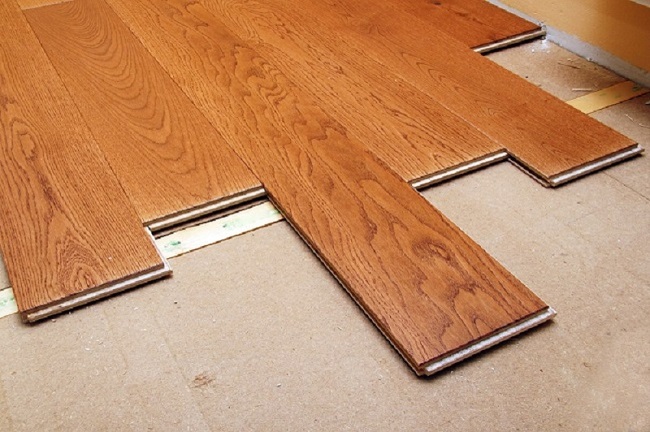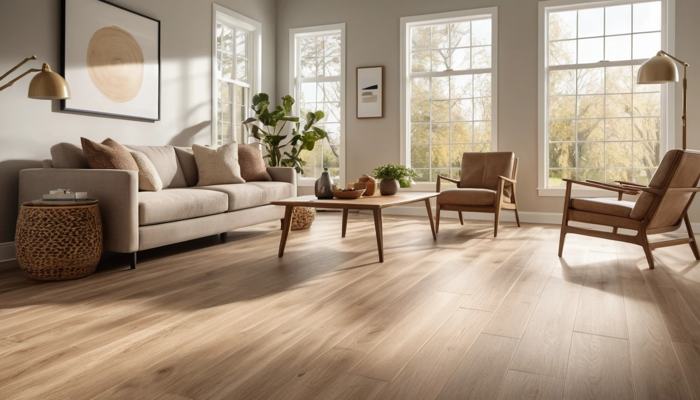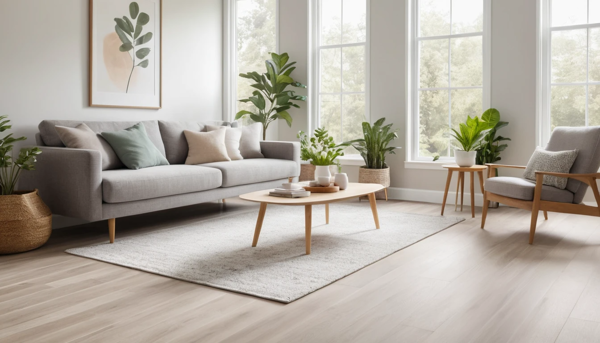Engineered wood is alternatively called composite wood that is produced by amalgaming the strands, particles or fiber of wood by adhesives or others means of fixation. Engineered wood is a widely chosen option for floor construction. There is an age-old battle between engineered wood and hardwood in terms of quality and visual appeal.
Table of Contents
The Basic Difference Between the Engineered Timber and Hardwood
The thickness of solid hardwood ranges from ¾-inch to 7/16-inch because these are milled from thick pieces of lumber. Engineered boards, on the contrary, are constructed by binding multiple high-density fiberboard layers pressed inside a solid wooden top layer and hardwood backing. This process makes them extremely durable and tougher as compared to hardwood.
Why People are Choosing Engineered Wood over Hardwood Flooring?
Choosing your hardwood floor has become tougher than ever. By far, your only choice was solid wood planks, with tongue and groove connections with only two options- a type of wood and color. However, engineered hardwood has carved its niche in the market and is attracting more people towards it. Engineered hardwood is a kind of plywood which is made of layers of wood with only one hardwood surface atop.
A few things to know before you invest in Engineered Wood:
The costs of engineered flooring vary on the basis of construction type. Some engineered floorings come with composites in the center with a veneer on top while others come with three to five individual layers of real wood. The latter kind is priced higher than the former because they have more layers of real wood and hence thicker than the rest. Solid hardwood floors will not warp, break or get distorted due to fluctuations in temperature and in any case, you can always experiment with hardwood and engineered wood flooring.
Why You Should Choose Engineered Timber Flooring?
Engineered wood raises a resistant barrier against humidity and these are not very responsive to fluctuations in temperature. Engineered woods have extensive usage than hardwood because the latter is limited to only constructing ground level rooms. You will need to refinish your solid wood flooring multiple times to reinstate its glow, but engineered boards will require just one or two refinishing across the floor’s life to ensure longevity.
Engineered woods are more adaptive to different places. These are easy to install and sits directly on concrete slabs, unlike solid hardwood which must be nailed to a wooden subfloor. Engineered construction offers a highly stable core with 5-7 layers of plywood in the middle that makes it a great flooring option to stave off moisture, humidity, and temperature. Rooms that are subject to more moisture should be constructed with engineered timber over concrete slabs to elongate its life.
Engineered hardwood is available in various designs and features ranging from traditional to multi-tonal colors and handcrafted tool markings. Furthermore, if you are aspiring to have more experimental looks such as extra-wide planks, that will be only possible in engineered wood. Each of the planks of the engineered wooden flooring has lots of options when it comes to highlighting the best benchmarks of the flooring system.
The Comparison Between Solid Timber and Engineered Wood on the Basis of Underfoot Sound:
Considering the sound underfoot, solid hardwood creates a notably profound resonance than engineered wood. The hollow sound of the engineered wood, however, can be addressed by stapling down the planks instead of floating them. There is also a possibility of refinishing engineered flooring, and you can go for options that will make your original floor shine like new. The scale of penetration of an indenter is important of engineered timber flooring. The preparation of the subfloor is also necessary.








Leave a Reply